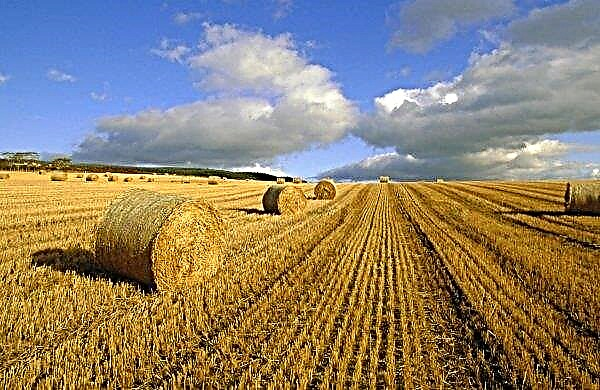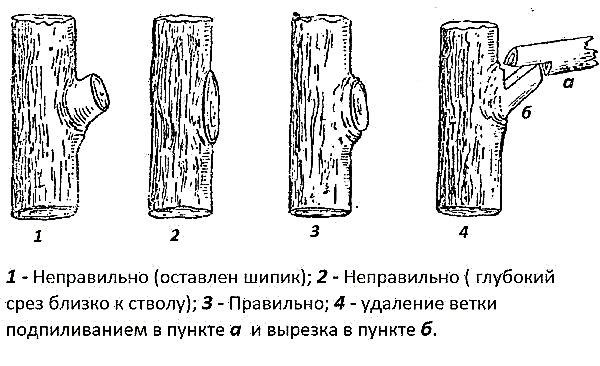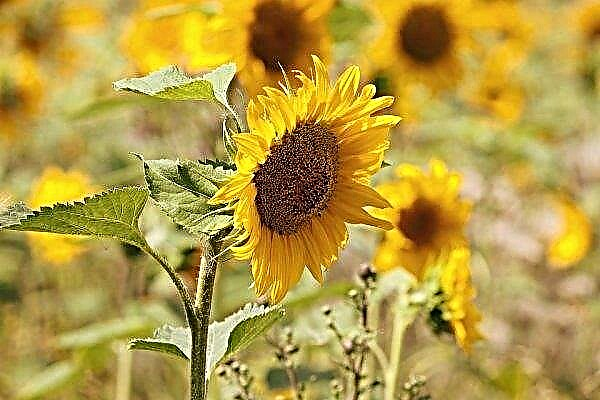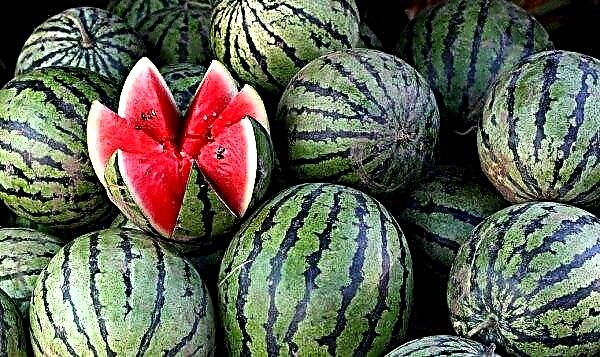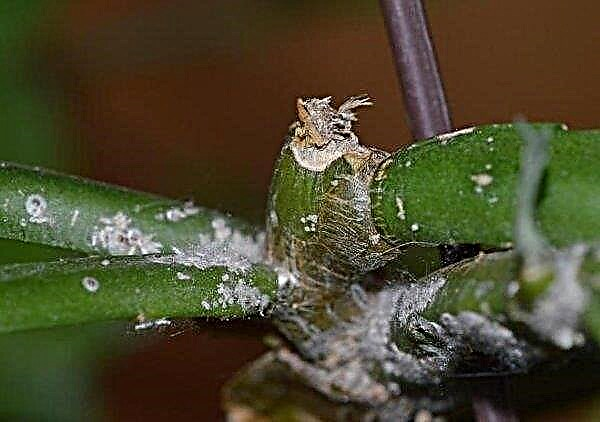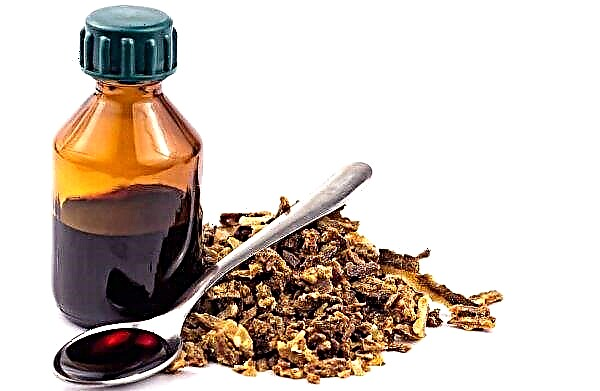Locusts ravaging Pakistani farms and preparing for the invasion of India.
Farmers in the village of Amarhar in the Umerkot region, on the edge of the Tarparkar desert, rattled banks and made as much noise as possible during the day, hoping to drive the locust flock away from their millet crop. They lit smoky lights at night, but nothing kept the greedy yellow pests that arrived here last month.
According to the Food and Agriculture Organization (FAO), locust contamination in Pakistan and the neighboring Indian state of Rajasthan will persist throughout October and then move to southeastern Iran and Sudan due to unusually long monsoon rains.

Summer precipitation was unpredictably long and intense, said Tarik Khan, technical director of the Department of Plant Protection of the Ministry of National Food Security and Research, explaining the invasion of non-seasonal humidity caused by climate change.
After 3 dry years this season, heavy rains fell in Umerkot, they filled wells and saturated plants. Inspired by the moisture of the soil, the inhabitants sowed crops and hoped to harvest a plentiful crop, but locusts arrived.

A swarm (30 to 50 million locusts) can absorb 200 tons of food per day. It can also fly 150 km to find more food. In Pakistan, locust attacks of this magnitude last occurred in 1993.
According to estimates of Zahid Bhurgari, Secretary General of the Agricultural Chamber of Sindh Province, the largest farming organization in Sindh Province, more than 2 thousand hectares. and sesame seeds were destroyed by locusts in the region.

At the moment, the best protection against locusts is the arrival of winter, says Aftab Jarwar, a scientist who published his doctoral dissertation on genetic control, pest behavior and integrated pest management at the Chinese Academy of Agricultural Sciences.


